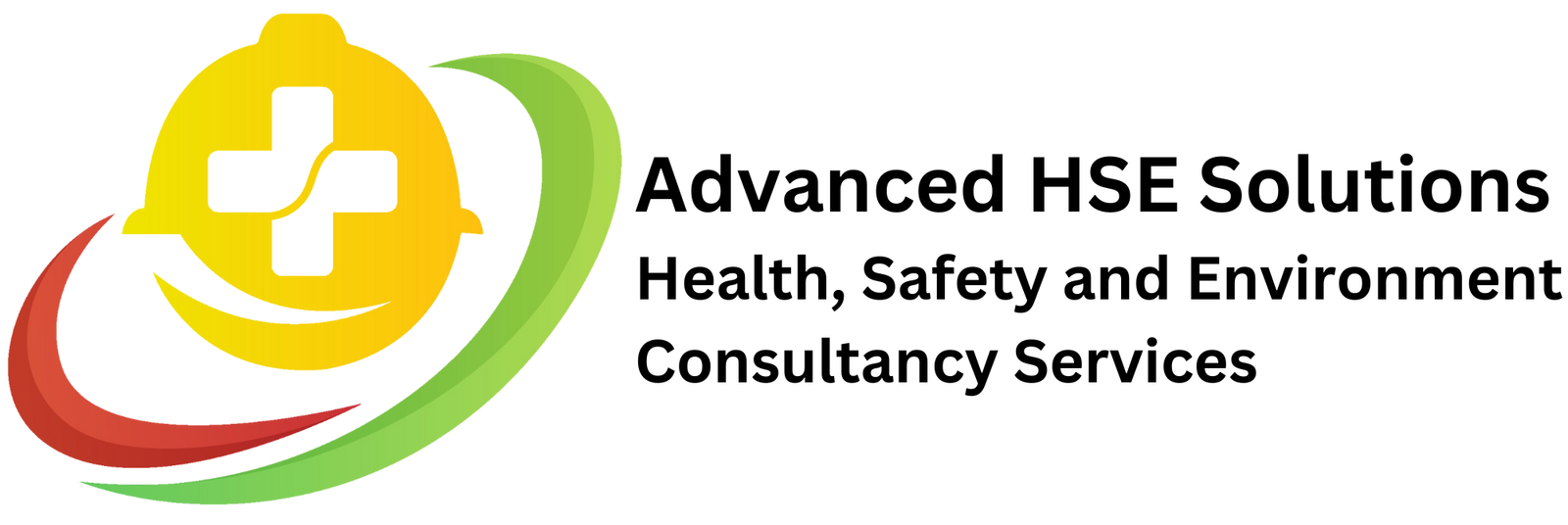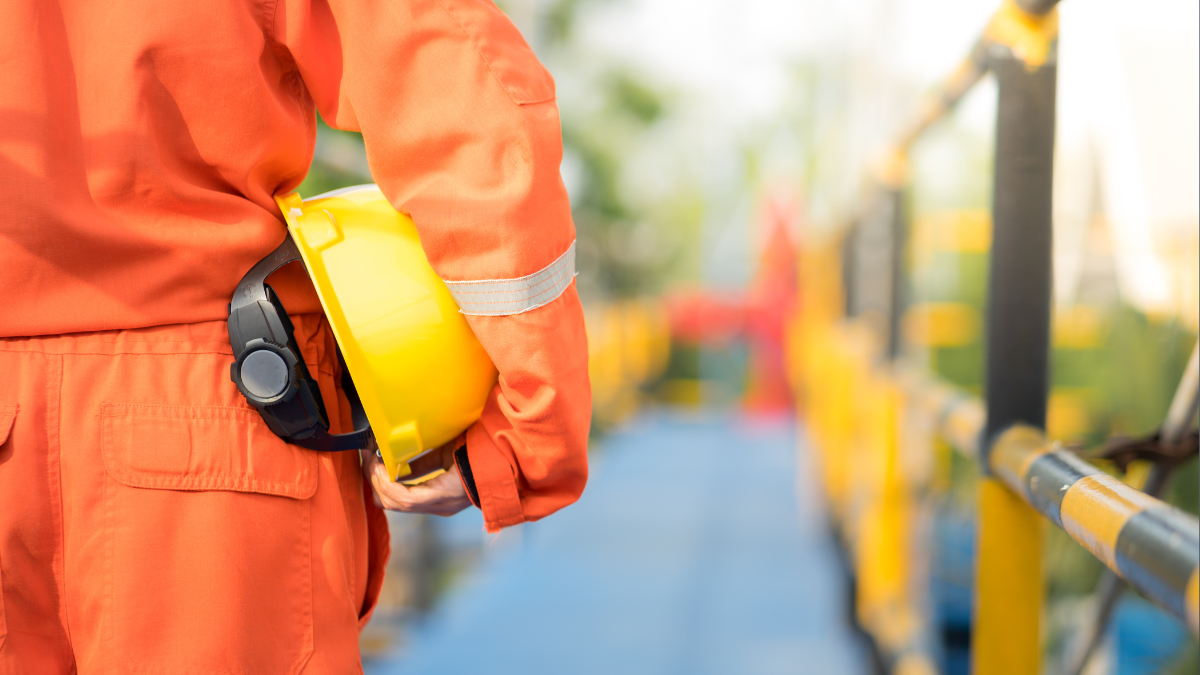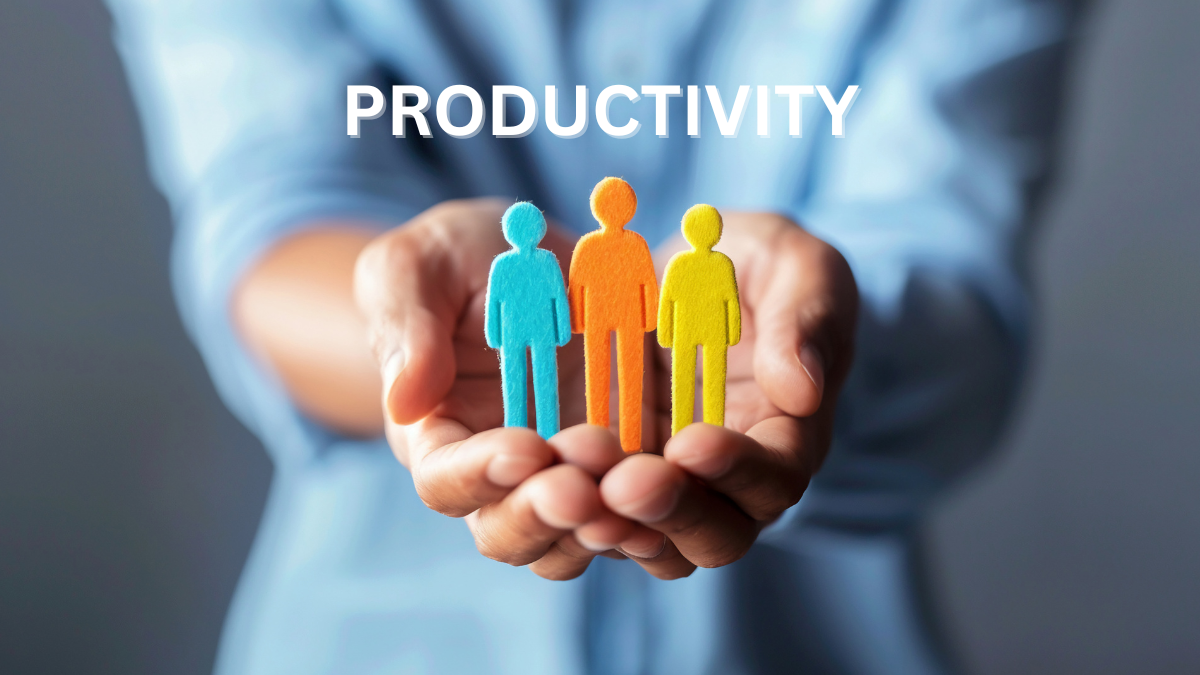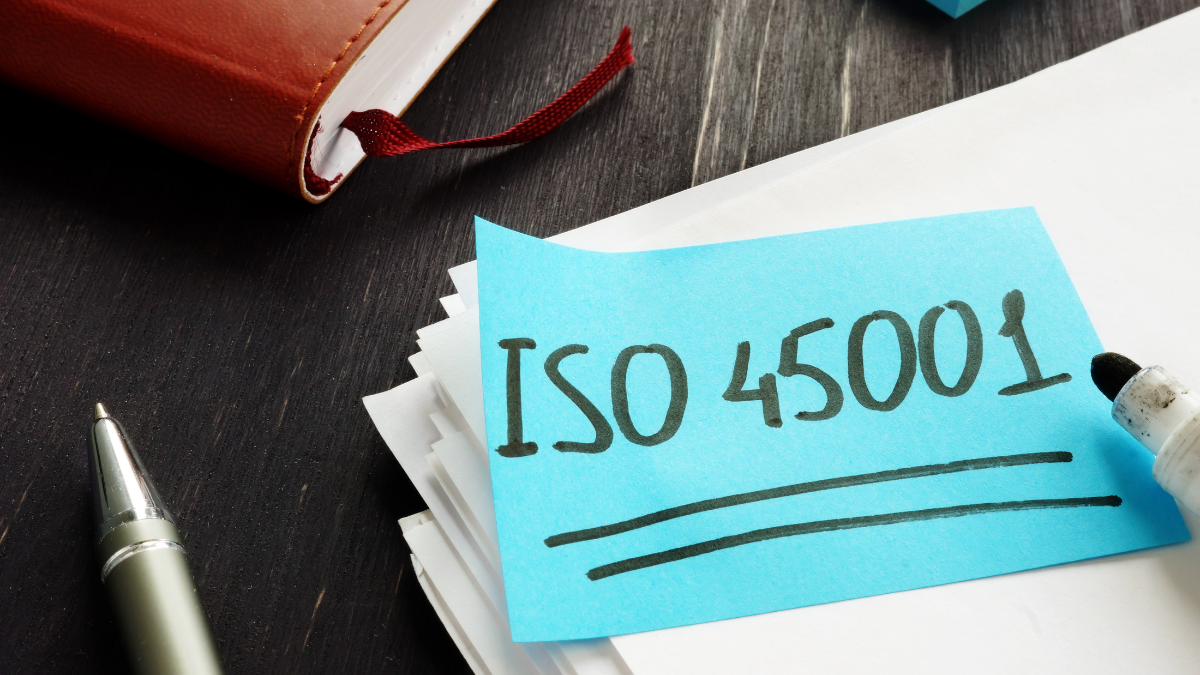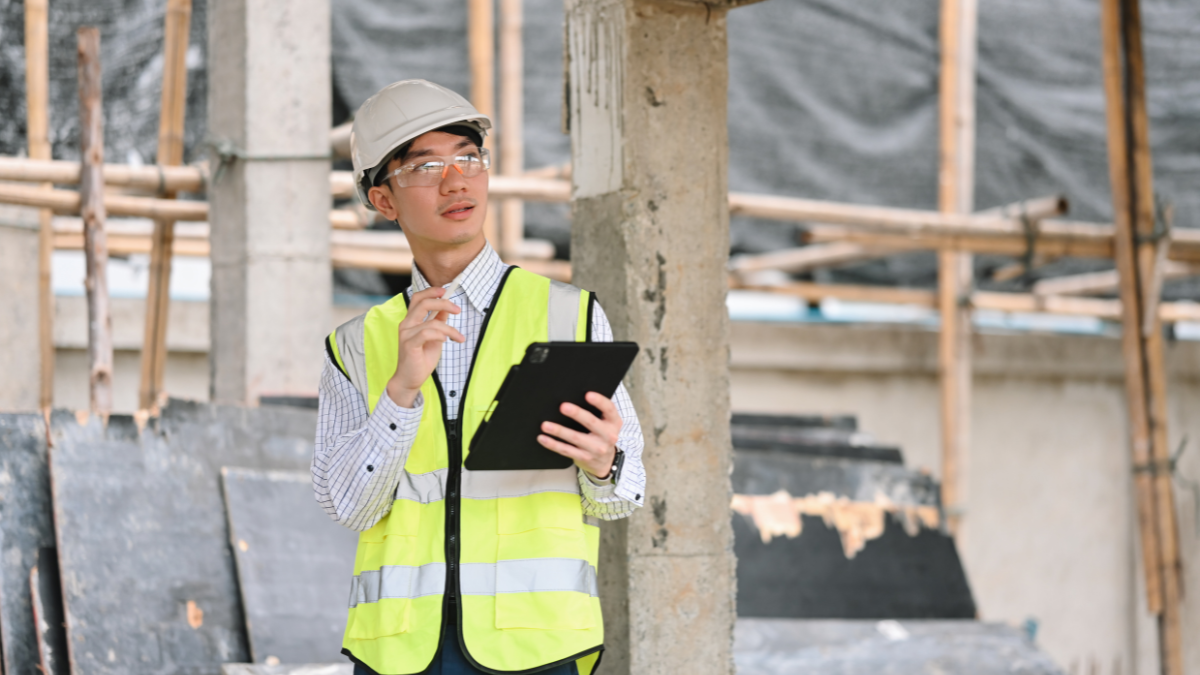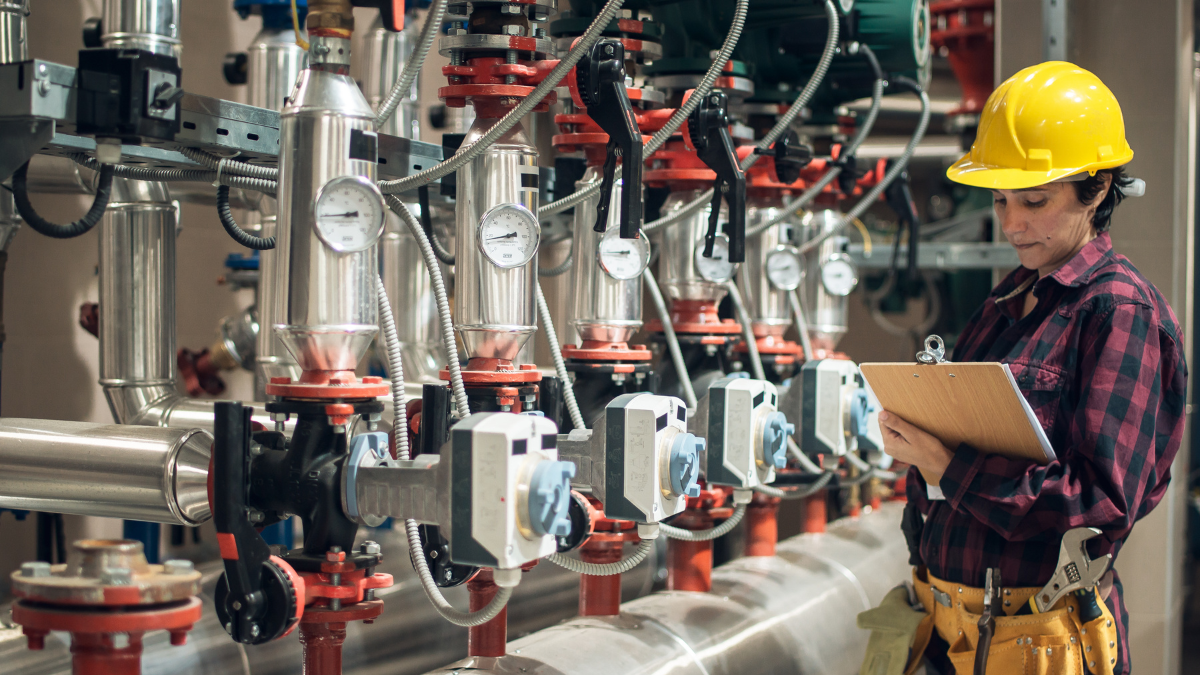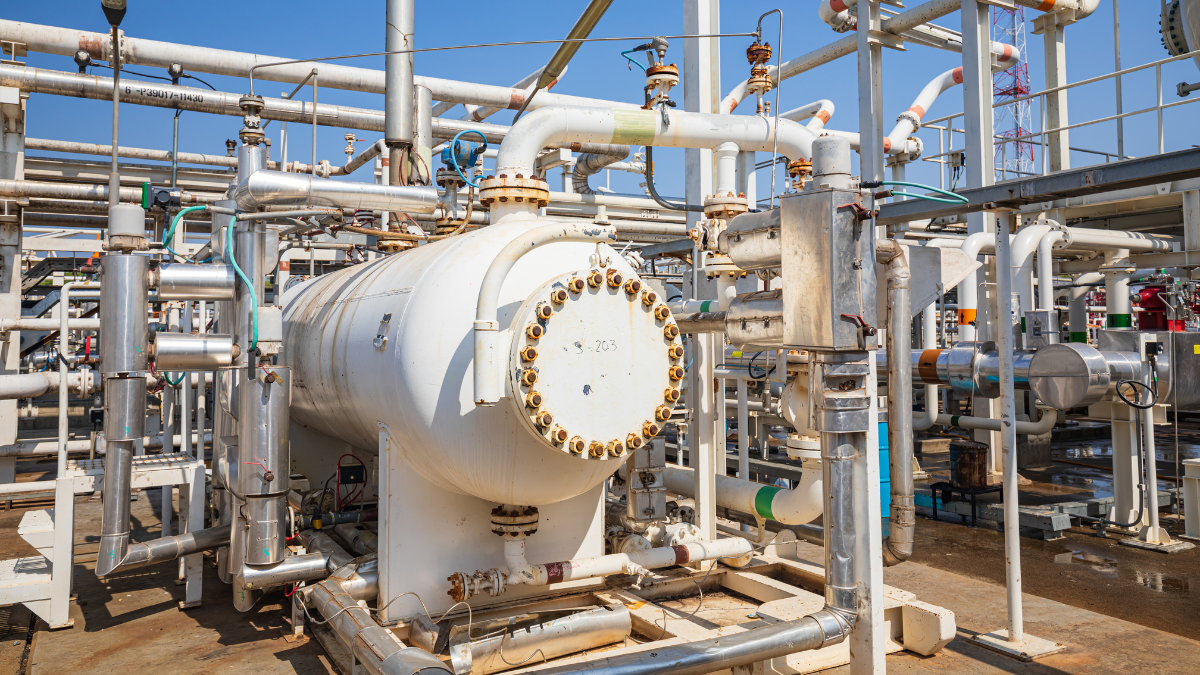Table of Contents
Key Takeaways:
- AI helps you detect safety risks faster, reduce incidents, and stay compliant with Malaysian laws like OSHA 2022.
- You don’t need to replace your safety team—AI supports their work with better data and real-time alerts.
- Start small by choosing one area to improve, like fatigue monitoring or hazard detection, and grow from there with expert support.
AI in Workplace Safety Malaysia: Why It Matters Now
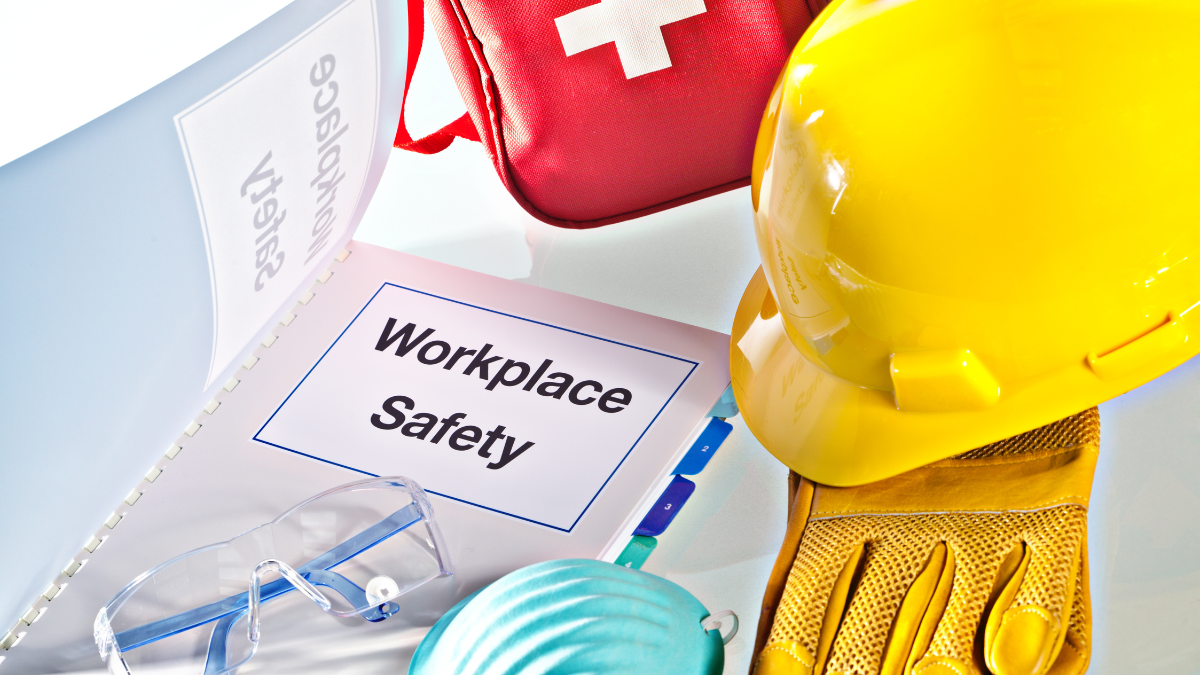
New Safety Challenges for Malaysian Businesses
Workplace safety in Malaysia is changing.
You’re expected to prevent accidents, stay compliant, and protect your workers—while keeping operations running.
But are your current methods enough?
Manual checklists and monthly reports can’t always keep up with fast-moving risks. Industries like manufacturing, construction, and logistics face constant pressure to improve.
Compliance is Getting Tougher
The Department of Occupational Safety and Health (DOSH) is enforcing the law more strictly.
The Occupational Safety and Health Act 2022 (OSHA 2022) outlines serious penalties for non-compliance.
Failing to act on risks—or even missing documentation—can cost your business money and reputation.
Where AI Comes In
AI in workplace safety is becoming a real solution in Malaysia.
Here’s what AI tools can do:
– Predict accidents before they happen
– Detect hazards using cameras and sensors
– Monitor fatigue and exposure through wearable tech
– Send real-time alerts when something goes wrong
You don’t have to be a large corporation to use these tools.
Even small businesses are starting to explore them.
AI Supports Safety Officers—Not Replaces Them
AI doesn’t remove the need for your HSE team.
It gives them better tools and faster insights.
Think of it as a second set of eyes, always on.
It helps your team act quickly, prevent incidents, and make smarter decisions.
Is Your Workplace Ready?
Are you still reacting to safety issues?
AI can help you shift to prevention—before risks turn into problems.
That’s the future of workplace safety in Malaysia. And it’s already here.
What Is AI in Workplace Safety?
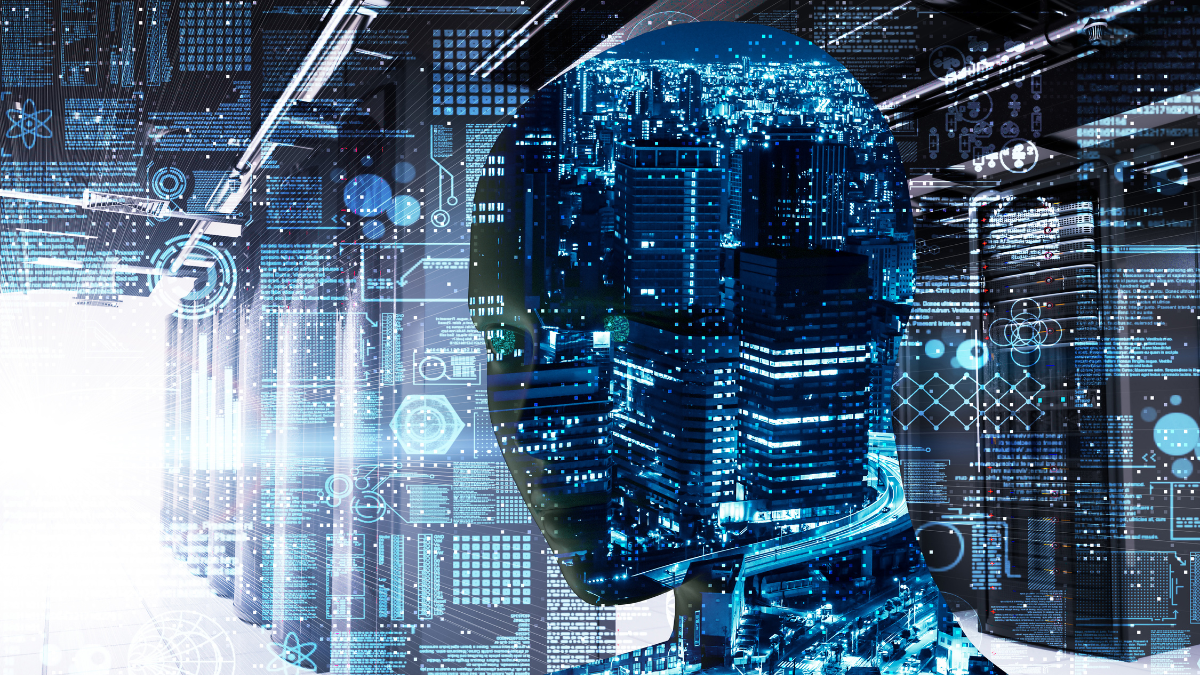
Understanding Artificial Intelligence in Occupational Safety
Artificial intelligence in occupational safety means using machines to help detect, monitor, and prevent workplace risks.
It works by analyzing data, spotting patterns, and making fast decisions—often faster than a human can.
AI doesn’t think for itself.
It uses large amounts of safety data to learn what danger looks like, then alerts you when it sees signs of trouble.
Key AI Technologies Used in Safety Monitoring Systems
Several types of AI are now used in safety monitoring systems:
– Machine Learning: Learns from past incidents to predict future risks
– Computer Vision: Uses cameras to detect unsafe behavior or missing PPE
– Natural Language Processing: Understands reports or feedback to flag issues
These tools are not theoretical.
They’re already in use in construction, oil and gas, logistics, and other high-risk industries.
How AI Works with Existing Safety Systems
AI doesn’t replace your current systems.
It makes them better.
For example:
– Your CCTV becomes smarter when paired with computer vision
– Your safety reports become actionable with machine learning
– Your team receives alerts when AI spots a risk—before an accident happens
AI tools can connect with dashboards, checklists, and reporting tools you already use.
That means you don’t have to start from scratch.
You just need to decide where to begin.
The goal is simple:
Faster detection. Better decisions. Fewer incidents.
Key Applications of AI in Malaysian Workplaces

Predictive Analytics for Accident Prevention
What if you could spot accidents before they happen?
Predictive analytics helps you do that.
It uses past data to find patterns that lead to risk.
You can apply it to:
– Identify common accident causes
– Spot trends in incident reports
– Predict when and where risks are likely to occur
Example:
Some Malaysian factories now use predictive models to monitor heat stress.
Workers exposed to high temperatures or long shifts can be flagged early for rest or rotation.
This reduces fatigue-related incidents.
Real-Time Hazard Detection
Workplace hazard detection in Malaysia is getting faster with AI.
Sensors and cameras feed data to AI systems that can:
– Detect gas leaks
– Monitor equipment performance
– Spot sudden temperature changes or spills
When something goes wrong, your team receives instant alerts.
No waiting. No manual checks.
You act immediately and reduce harm.
Wearable Technology and Smart PPE
Smart PPE is more than just helmets and vests.
It includes wearables that track body conditions.
Common tools include:
– Helmets with impact sensors
– Vests that detect movement or posture
– Glasses that monitor eye strain or drowsiness
These devices collect real-time biometric data.
You’ll know when a worker is tired, exposed to danger, or in need of a break.
It helps reduce human error and improve team safety.
Automated Safety Compliance Monitoring
Keeping up with DOSH or OSHA inspections can be hard.
AI dashboards help by monitoring compliance automatically.
They can:
– Track safety checklist completion
– Alert when standards aren’t met
– Generate reports for audit review
You save time.
You stay prepared for surprise inspections.
And you keep your workplace aligned with the law.
Benefits of Using AI for Safety
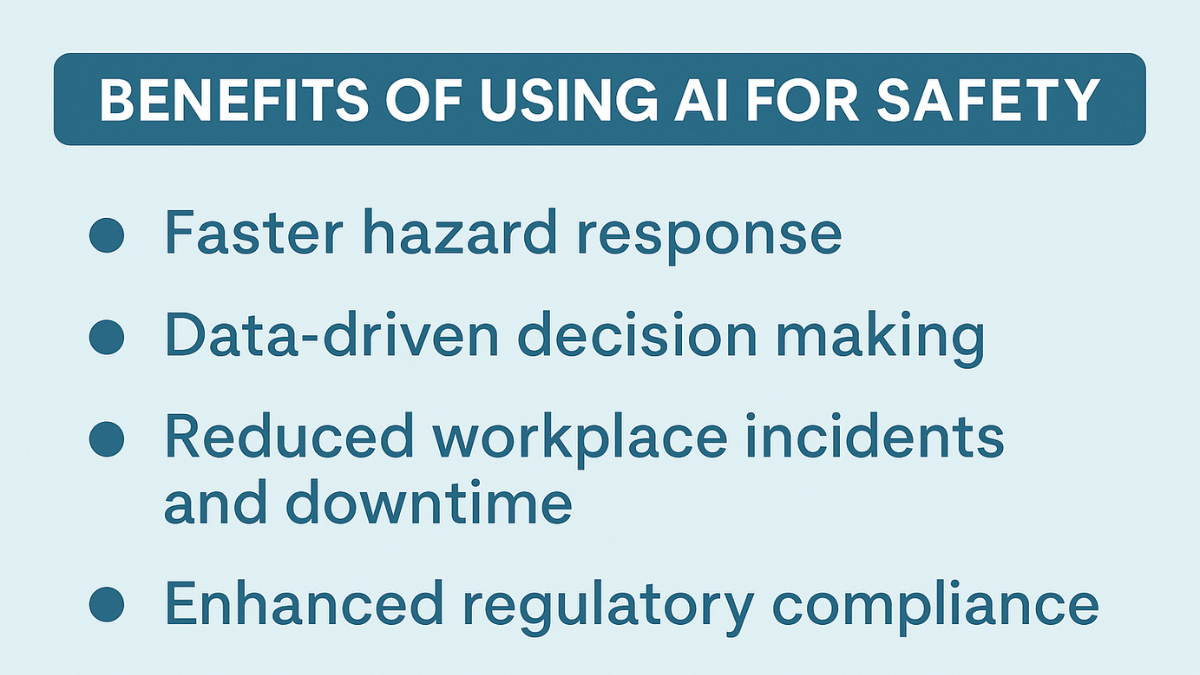
Faster Hazard Response
AI systems process data in real time.
You don’t have to wait for someone to spot a problem.
Examples:
– Sensors detect gas leaks and send alerts within seconds
– Cameras identify missing PPE instantly
– Dashboards highlight risky zones before incidents occur
Your team can respond immediately.
This reduces the time between detection and action.
Data-Driven Decision Making
Are you making safety decisions based on facts—or guesses?
AI helps you rely on data.
You can:
– See where incidents happen most often
– Measure how long workers are exposed to risk
– Track trends in behavior, equipment use, or conditions
This allows you to act on what’s real, not what feels urgent.
Reduced Workplace Incidents and Downtime
When you catch problems early, you avoid major disruptions.
Fewer incidents mean:
– Less injury-related time off
– Lower insurance claims
– Fewer investigations or shutdowns
One missed signal can lead to a shutdown.
AI helps you avoid that.
Enhanced Regulatory Compliance
Keeping up with safety laws is part of your job.
AI can help you stay compliant without extra manual work.
You get:
– Real-time compliance checks
– Instant logs of safety activity
– Alerts when procedures aren’t followed
This makes it easier to prepare for DOSH or OSHA inspections.
And it helps you avoid non-compliance penalties.
Challenges and Misconceptions
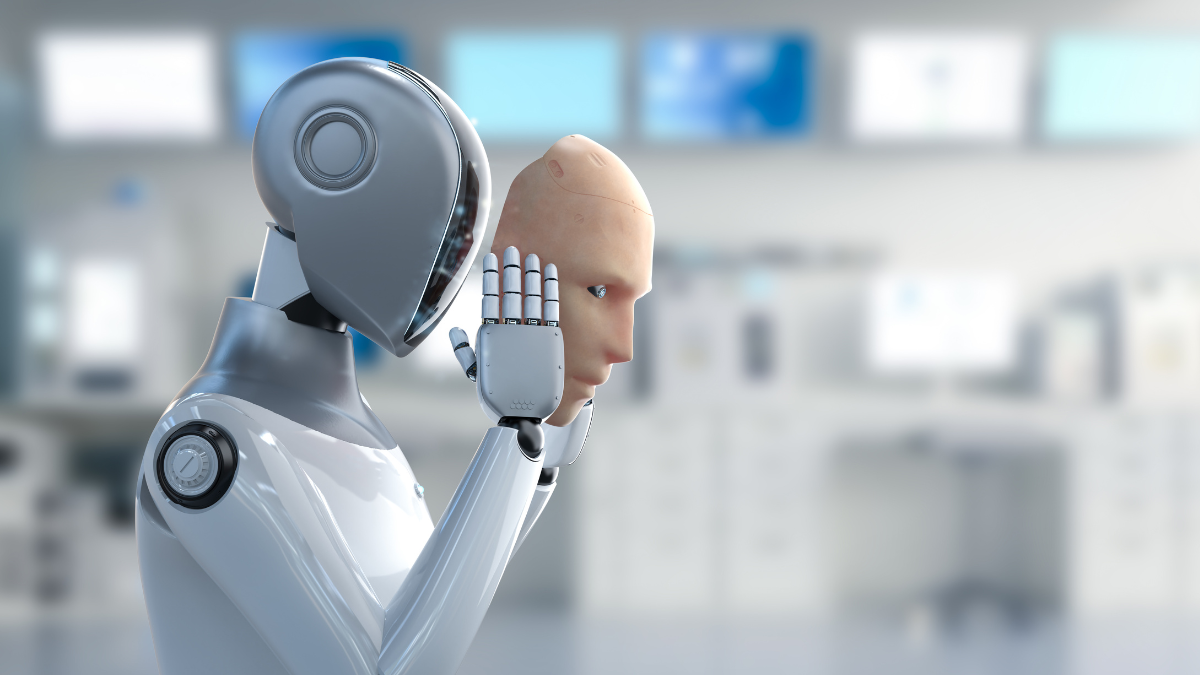
AI Will Not Replace HSE Professionals
Many people worry that AI will take over safety roles.
This is not true.
AI can detect risks.
But it still needs human judgment to make final decisions.
You know your site, your team, and your operations.
AI supports your decisions—it doesn’t make them for you.
HSE officers stay in control.
They just work with better tools.
The Real Challenges Businesses Face
If AI makes sense, why isn’t everyone using it?
Here are the most common barriers:
– Cost
Some businesses think AI tools are too expensive.
But many are now available at a lower entry point.
– Data Privacy
AI needs data to work.
You need clear rules on who collects, stores, and uses that data.
– Training and Skills
Your team must learn how to use these systems.
Without support, adoption can fail.
– Fear of Change
Shifting from manual to digital feels risky.
But doing nothing can leave your safety gaps open.
You Need a Guided Transition
You don’t have to do this alone.
Start with a clear goal.
Pick one area—like fatigue monitoring or hazard alerts.
Get advice from people who understand both safety and technology.
Train your team step by step.
AI adoption works best when it’s planned, supported, and reviewed.
Are you ready to take that first step?
Case Studies and Global Benchmarks
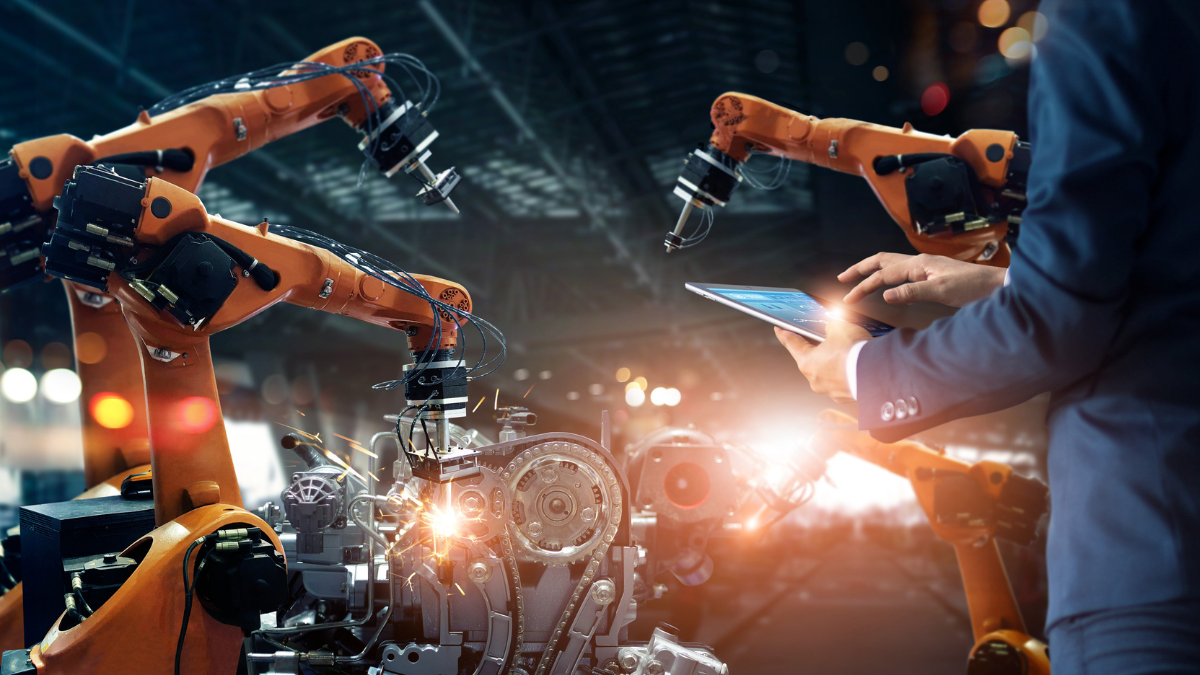
Industries Leading the Way
Some industries are already using AI to improve safety.
They focus on high-risk environments where every second matters.
Examples include:
– Manufacturing
AI cameras detect missing gloves, helmets, or unsafe movements.
Predictive systems alert managers before a machine fails.
– Oil and Gas
Sensors track gas leaks, pressure levels, and worker fatigue.
AI predicts equipment failure based on vibration and heat patterns.
– Logistics
Wearables monitor driver alertness and rest cycles.
Real-time alerts prevent overwork and improve shift planning.
These use cases show how AI supports day-to-day safety.
They reduce risk, prevent accidents, and cut downtime.
What About Malaysia?
Some Malaysian companies are exploring AI in safety.
– A large construction firm tested smart helmets that monitor fatigue.
Data from site workers helped reduce incidents caused by long hours.
– A glove manufacturer added AI sensors to track gas levels near storage areas.
The system triggered alerts three times in the first month—before staff noticed the issue.
– A warehouse facility installed AI cameras to check PPE compliance at entry points.
Non-compliance dropped by over 50% within two weeks.
You don’t need a big budget to start.
You just need the right problem to solve.
What part of your safety process could use a second set of eyes?
Start there.
How Malaysian Businesses Can Get Started

Start with What You Already Know
You don’t need a full system overhaul to begin.
Look at your existing safety reports, incident logs, and audit results.
Ask yourself:
– Where do most incidents happen?
– What risks take the longest to detect?
– Which checks are always behind schedule?
These pain points are where AI can help.
Talk to the Right People
You’ll need input from two sides:
– Your safety team
– A tech partner who understands workplace risk
Together, they can map your current process and find AI tools that fit.
Avoid rushing into tools without expert advice.
Poorly chosen systems can slow you down.
Choose a Small Area to Test
You don’t have to start big.
Examples of pilot areas:
– Fatigue detection using wearables
– PPE compliance tracking with cameras
– Real-time alerts for temperature or gas changes
Start small.
Measure results.
Scale what works.
Train Your Team Early
Tools are only useful if your team knows how to use them.
Plan short, clear training sessions.
Focus on:
– What data they will see
– How alerts work
– What actions they should take
Your workers need to trust the system before they rely on it.
Take the First Step
You don’t need to figure this out alone.
Talk to Advanced HSE Solutions to explore AI-powered safety upgrades tailored for your industry.
AI Is a Tool. You Stay in Control.
AI will not replace your safety officers.
It supports them.
It handles routine checks, monitors live data, and flags risks early.
You still make the decisions.
You stay in charge.
Early Action Leads the Way
Companies that start now will lead later.
They’ll:
– Spot problems before they grow
– Respond faster to safety issues
– Stay ahead of audits and legal checks
Waiting too long creates risk.
Starting small creates momentum.
Work with People Who Understand Both Sides
You don’t need to be a tech expert.
But you do need the right guidance.
An expert who knows both AI tools and Malaysian safety laws can help you avoid delays and wrong turns.
Get help from someone who speaks your language—and your industry.
Take Action Today
The safest companies tomorrow are the ones asking better questions today.
Contact Advanced HSE Solutions to find the right AI safety solution for your workplace.
Frequently Asked Questions
Will AI replace safety officers in the workplace?
A: No.
AI supports your safety team by tracking data, detecting hazards, and sending alerts.
You still make the decisions.
AI tools help you act faster and stay ahead of problems.
Is AI in workplace safety expensive to implement?
A: Not always.
You can start small with tools like smart PPE or basic alert systems.
Many companies begin with one pilot project before scaling up.
The cost often depends on the area you want to improve.
Do I need to overhaul my existing safety system to use AI?
A: No.
AI tools can connect to your current processes.
You can keep using your checklists, reports, and dashboards.
AI adds value by helping you detect issues earlier and reduce manual checks.
Not sure where to begin?
Our team can guide you step-by-step. Contact Advance HSE Solution today to schedule a consultation or inspection service.
